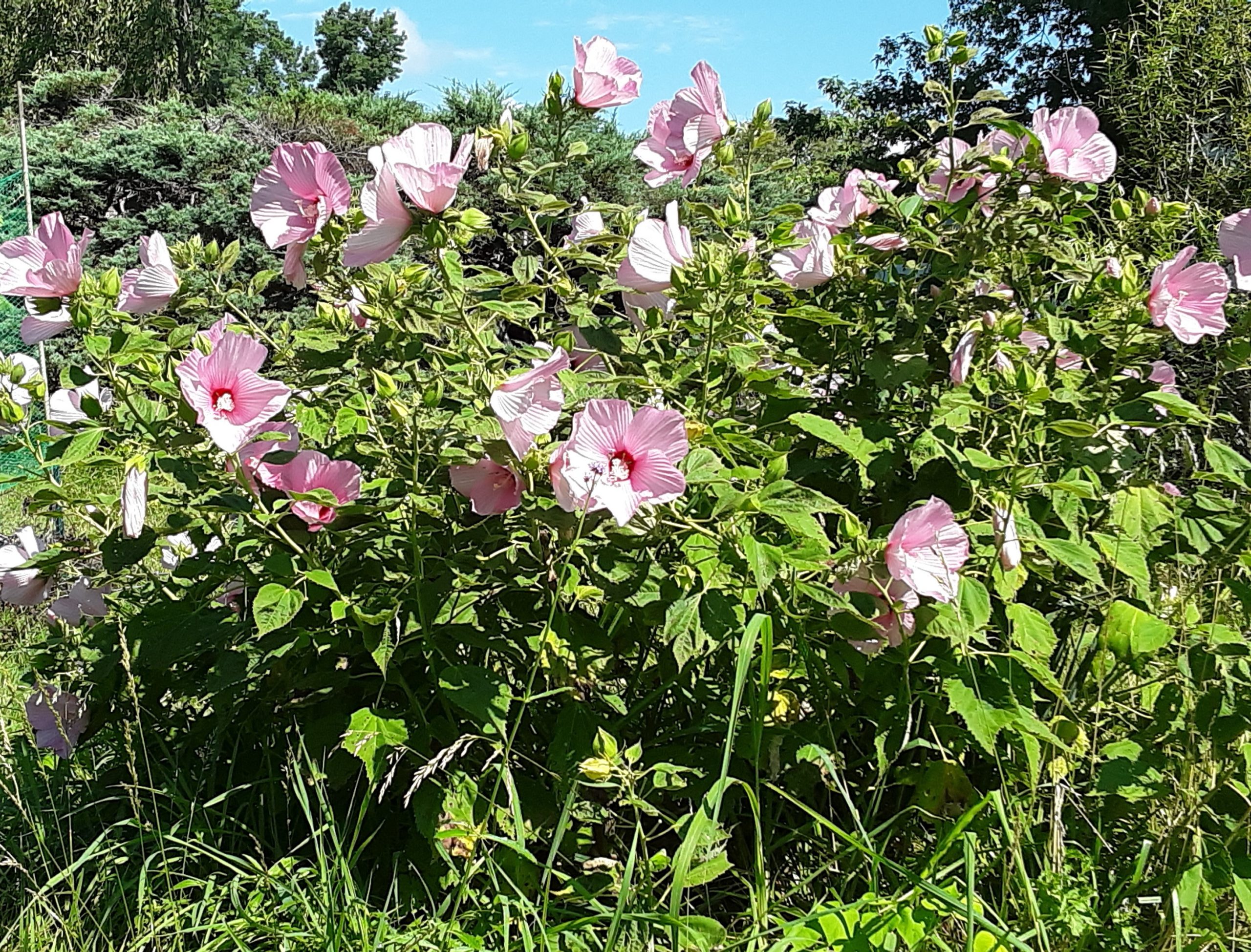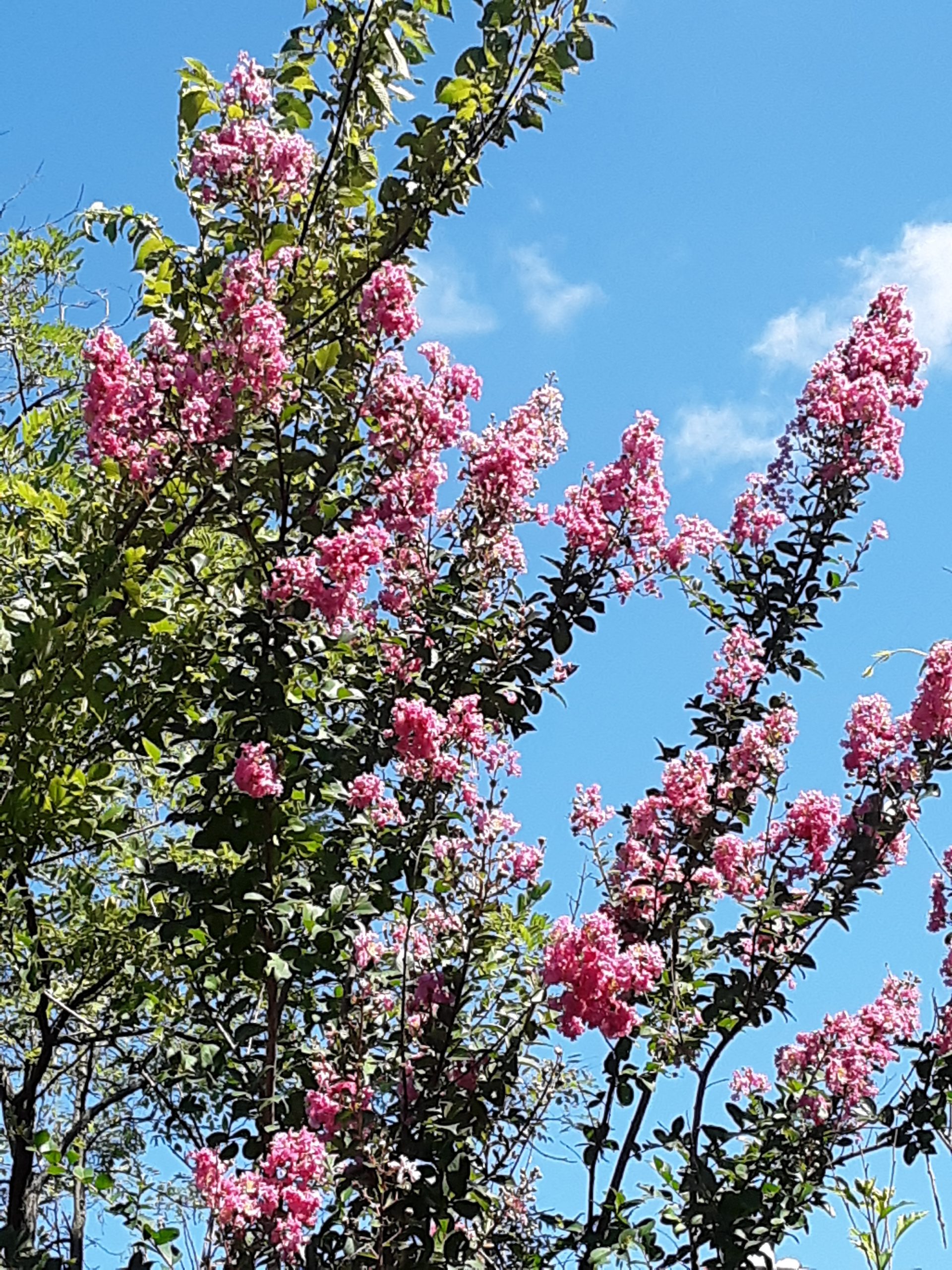Source of Suffering: Triple Poisons
We have the four inevitable sufferings of birth, aging, sickness, and death, and also eight, adding to these the four common ones of parting with the beloved, meeting with the hated, not attaining the desired, and, in short, the sufferings that arise from the five aggregates of form, feeling, idea, formation, and consciousness. Now the world has the global problematique – the interrelated problems of war, climate change, mass extinction, nuclear holocaust, etc.
The cause is human karma, containing the triple poisons of desire, divisiveness, and delusion (of self). Humans are characterized by their use of symbolism of the five Ss (of Self, Society, Status, Species, and Symbolism). The global problematique is dependent on the five Ss, especially Self, State, Symbolism of languages, myths, states, sciences, and technologies, poisoned by selfishness.
The Buddha, Awakened One, was awakened to the Dharma (Norm/Law) of all dharmas (forms/phenomena): the Dependent Co-origination on causes and conditions, i.e., all are related and relative. He was also awakened to the reality of all beings as karma-born, -heirs, -owners, -machines, and -refuged. Trees are truthful, harmonious, and lasting, but humans are not, due to their karmic evolution.
The Buddha provided the solution to suffering in stilling karma, seeing the Dharma, serving and saving all in the practice of the Triple Learnings of morality, concentration, and prognosis, the Triple Collective Pure Precepts of embracing all beings, all good dharmas, all prohibitory precepts, etc., to stop limited views and actions to attain limitless life, light, liberation, and love, like trees, in holy harmony, health, and happiness.
July 29, 2023 C.E.
Notes:
- The twelve-limbed Dependent Co-origination (bhava-cakka/bhava-cakra, becoming wheel) illustrates how our life goes with the five aggregates (originally identifying and analyzing so-called “self,” later “world”) resulting in suffering due to the triple poisons.
- The solution of the global problematique requires the global ethic (issued by the Parliament of the World’s Religions in Chicago in 1993 with more than seven thousand people from all religions and from all over the world attending), which is based on the Five Precepts (and the fundamental common elements in the Ten Precepts, the Ten Commandments, etc.).
- Ernst Cassirer defined humans as homo symbolicum in his Philosophy of Symbolism, its summary An Essay on Man, where humans are described as skillful in handling the symbolisms of language, myth, religion, art, science, history, etc. The Myth of the State is important to know how states operate.
- The Five Ss are the representations of Francisco Bacon’s Four Idola (cave, agora, theatre, species) in Self, Society, Status, and Species, plus Cassirer’s Symbolism.
- Buddhist philosophy and practice are based on this fundamental Dharma of the Dependent Co-origination of all dharmas, which is similar to the fundamental law of Causality, but wider, including and stressing the subject, and deeper, including the whole universe, evolution, and depth of existence. Our life is limitless, far beyond our small shallow views of our life. Our ordinary life is usually small and shallow compared to the true universal life in the Dharma world. So, we make our true limitlessly related life into false, limited, separate lives due to our karmic views and actions.
- Karmic views and actions are limited, like those born blind who groped only a part of a huge elephant and fought for their partial findings as being the only right ones. Karma has developed through four billion years of evolution, essentially on the self-survival instinct, magnified by human civilizations, the artificial pyramidal system, fighting for money, matter, and might with the five calamities (delusion, bondage, discrimination, exploitation, and destruction).
- A paradigm shift from our artificial, unilateral pyramidal civilization to a natural, cyclical Indra-net life culture for sharing life, heart, and harmony with the five blisses (awakening, freedom, equality, friendship, and peace) is essential to solve the global problematique. Culture is the cultivation of our potential in truth, goodness, beauty, and holiness.
- Our coarse views are limited by the short, shallow, small self, like seeing only the apparent competition among plants above ground, but subtle scientific findings show that under the ground micro-organisms connect their root systems to cooperate in nutritional exchange, etc. Micro-organisms help plants and animals, enabling them to go over the land, develop their life functions, create fantastic flora and fauna, and interact with the universe throughout time and space.
- Our life is limitless dependent co-origination and co-operation, thus great limitlessness, but due to karmic limited views and actions, we make it limited, small, and shallow in suffering.
- The key practice of sitting still is to still karma, settle in nirvana (nir-vāṇa = ni-vāta: no-wind, of karma), seeing the Dharma, serving and saving all. The Four Limitlessnesses (Brahma-abodes) are friendship, compassion, joy, and equanimity (upekkhā/upekṣā, lit. throwing away, the triple poisons).
- Friendship (mettā/maitṝ) is future saviors in universal religions (intended to mean everyone’s potential to become the true friend in need of all, cf. Friend: Mitra, Mithra, Mazda, Maitreya, Milu, Miroku, Massiah, Messiah).
- Sitting still makes one calm and clear, as a bowl settling down makes the water inside of it become calm and clear, reflecting the world. Constant cultivation of still sitting leads from calming (samatha/śamatha) and observation (vipassanā/vipaśyanā), nirvana and awakening (bodhi), witnessing the of truth world (Dhamma/Dharma-dhātu), and becoming the truth body (Dhamma/Dharma-kāya).
- The Buddha Gotama was idealized as Maitreya (Friendship) Buddha, World/sound-observation (Awalokita-svara)/(Avalokita-īśvara) (cf. Gotama “looked down with compassion”) Bodhisattvabo, Limitless Life Buddha (Amita-āyus)/Limitless Light Buddha (Amita-ābha), et al.
- Dogen mentioned that without cultivation, there is no verification, and that cultivation and verification are one. This applies exactly, especially clearly, in sitting and nirvana/awakening. Cultivation of the self-refuge and Dharm-refuge makes verification of the Dharma-body, witnessing the Dharma-world. Practice makes perfect, not idealizing and alienating one’s own Buddha-nature or Buddhahood and Dharma-reality (Dharma-tathatā).
- Suffering is, in short, the “rampant rising of the five aggregates (karma),” which is Dependent Co-origination. Nirvana is the stilling or cessation of it, i.e., Dependent Cessation or liberation/emancipation (mokkha/mokṣa, vimokkha/vimokṣa, vimutti/vimukti) from it (compared to a cicada shedding its shell, the bottom of the pail broken, etc.). Nirvana is the “Great Repose (Mahā-assasa/Mahā-aśvāsa, lit. Great Exhalation),” the “Utmost Comfort,” “Paradise,” “Pure-land,” etc. (the state of the mind-world, not a place in the west, etc.).
.
.
苦の源:三毒
私達は不可避の生老病死の四苦、とこれらに加えて普通の愛別離苦、怨憎会苦、求不得苦、要するに、(形)色・(感)受・(思)想・行(為)・(意)識の五蘊盛苦の八苦を持っています。今や世界は地球問題群―戦争、気候変動、大量絶滅、核ホロコースト等の相互に関連する諸問題を持っています。
原因は人間の貪瞋(我の)痴の三毒を含む業です。人間は五S(Self, Society, Status, Species, Symbolism:自我、社会、地位、種族、象徴)の象徴の使用を特徴としています。地球問題群は五S, 特に自己中心に毒された言語、神話、国家、科学、技術の自我、国家、象徴に依存しています。
ブッダ、覚者、は諸法の法である原因と条件に縁る縁起(因縁生起)、即ち相依相対に目覚めました。彼は又一切は業‐誕生者、‐相続者、‐所有者、‐機械者、‐依拠者であるという現実に目覚めました。樹木(tree)は真実(true)で、調和し、永続しますが、人間は業の新化の為にそうではありません。
ブッダは戒定慧の三学、摂衆生戒、摂善法戒、摂律儀戒の三聚浄戒などの実践により、限られた見解と行動を止めて、樹木のように、聖(全体健全)な調和、健康、幸福の中に無量の生命、光明、自由、愛情を得て、業を静め、法を観、一切に奉仕し救済することにより苦の解決法を提供しました。
2023共通年7月29日
註:
- 十二支縁起(bhava-cakka/bhava-cakra、生成輪、輪廻輪)は(元来は所謂「自己」後に世界を同定し分析する為の)五蘊と共に、三毒の故に苦に成る私達の生がどのように展開するかを例示したものです。
- 地球問題群は(1993年シカゴで世界中から諸宗教の七千人を超える人々が集まった世界宗教会議により発出された)地球倫理を必要としますが、これは五戒(と仏教他の十戒の基本的共通要素)に基づいたものです。
- エルンスト・カッシラーは人間を言語、神話、宗教、芸術、科学、歴史などの象徴を巧く操るものであるとする「象徴の哲学」やその要約である「人間」等で「象徴人間」と定義しました。「国家の神話」は諸国家がどのように機能するかを知るのに重要です。
- 五Sはフランシス・ベーコンの四イドラ(洞窟、広場、劇場、種族)の代表しカッシラーの象徴を加えたものです。
- 仏教の哲学と実践はこの諸法の法である縁起の根本法に基づいていますが、これは因果(律)の根本法と同様ですが、更に深く(客体だけでなく、むしろ)主体を含み強調しており(三毒の対処など)、更に深く、一切宇宙、新化、存在の深淵まで含みます。私達の生活は法界の普遍的生命より通常は小さく、浅いのです。だから私達は真の無限に関連する生命を私達の業の見解と行動で誤った、限られた、分離した署生活にしているのです。
- 業の見解と行動は、生まれつき盲目の者達が巨大な象の一部を撫でて自分たちの部分的発見を唯一の正しいものであるとお互いに争ったように、限られたものです。業は四十億年の新化により、本質的には自己保存の本能により、さらに金・物・力の奪い合いにより五禍(愚痴、束縛、差別、搾取、破戒)をもつ人工的金字塔組織により拡張されたものです。
- 私達の人工的で一方向の金字塔文明から命・心・和の分かち合いによる五福(覚醒、自由、平等、友情、平和)をもつ自然的で循環的な命帝網文化への枠組転換が地球問題群を解決する為には必須です。文化は私達の真善美聖における潜在能力を修養することです。
- 私達の粗大な見解は、地上の植物間に見かけ上競争があると見て、短く浅く小さな我により限られていますが、微細な科学的発見は地下に微細生物がその根の組織を繋ぎ栄養交換などで協力させているのです。微細生物は植物、動物を助け、それらが陸上に上がりその生命機能を発展させ、驚異的な植物相、動物相を創造し、時空を通して受注と相互交流するのです。
- 私達の生命は無限の縁起と協力であり、こうして偉大な無限ですが、業による限られた見解と行動により私達はそれを限られた、小さく浅いものにして苦しんでいるのです。
- 鍵となる静坐の実践は業を静め、涅槃(nir-vāṇa = ni-vāta: no-wind, 無風、業風の)に安住し、法を見、一切に奉仕し救済するのです。四無量(四梵住)は慈(愛:友情:与楽)悲(泯:抜苦)喜捨(upekkhā/upekṣā)です。
- 友情 (mettā/maitṝ)は諸普遍宗教では未来の救済者です(が、誰でもが一切の必要の時の真の友になる可能性を意図したものです。参考: トモ(共・友):Mitra, Mithra, Mazda, Maitreya, Milu, Miroku, Massiah, Messiah).
- 静坐は、椀が安住するとその中の水が静謐に透明になり世界を映すように、人を静謐に明澄にします。静坐の常時の修行は止(止静)(samatha/śamatha) と観(観法) (vipassanā/vipaśyanā), 涅槃と覚醒 (bodhi), に導き法界 (Dhamma/Dharma-dhātu:真理世界)を直証し,法身 (Dhamma/Dharma-kāya:真実身)になります。
- ゴータマ・ブッダ(仏:仏陀)は弥勒(友情)仏、観音(観世音菩薩:Awalokita-svara/Avalokita-īśvara:観自在菩薩、阿弥陀仏(無量寿仏:Amita-āyus/Amita-ābha無量光仏)などに理想化されました。
- 道元は修なくば証なし、修証一如と言いました。これは坐と涅槃・覚醒に正に、特に明瞭です。自洲法洲の修行は法身を証明し、法界を直証します。自らの仏性、法性を観念化や疎外せずにする実践が完成になります。
- 苦は、要するに、「(業である)五蘊盛苦」であり縁起(因縁生起)です。涅槃はその止静すなわち寂滅です、即ち、(蝉脱、桶底打破などに例えられる)その縁滅(因縁消滅)、即ち解脱・解放 (mokkha/mokṣa, vimokkha/vimokṣa, vimutti/vimukti)です。涅槃は「偉大な休息(Mahā-assasa/Mahā-aśvāsa)」、「大安楽」、「極楽」、「浄土」等です(心‐界の状態で、西方などにある場所ではありません)。
.
.
.
.
.
.
.
.
.
.
.
.
.
.
.
.




